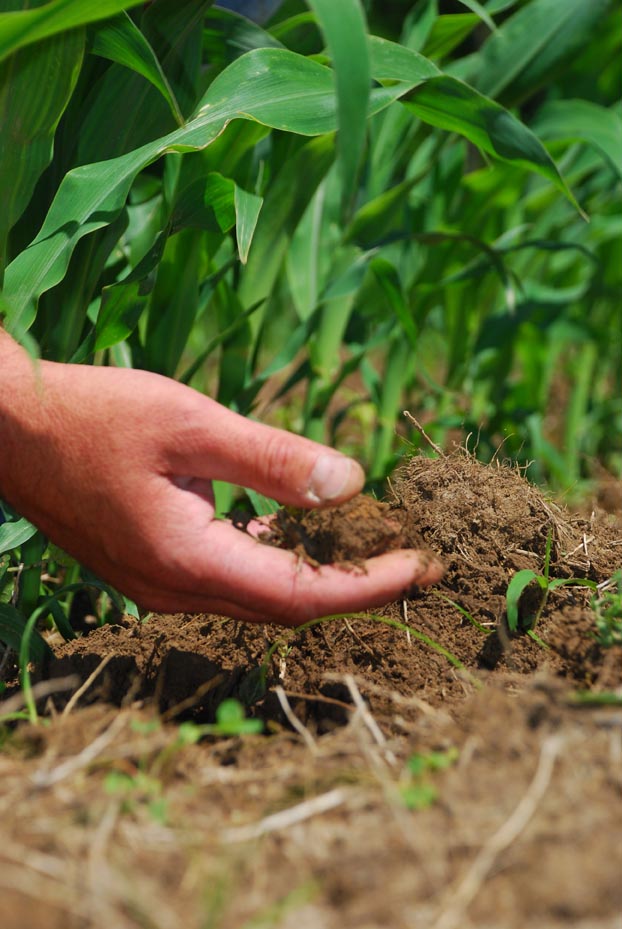May 10, 2011

Conducting fieldwork after wet weather can cause soil compaction, and in particular sidewall compaction in the seed furrow, says DeAnn Presley, Kansas State University Research and Extension soil management specialist. This is especially true if the weather then turns dry after planting, she adds.
“The worst cases of sidewall compaction are seen after a field has been planted when the soil was too wet, followed by a period of dry weather,” Presley says.
“If the soil stays moist, the roots are usually able to grow through the walls of the seed furrow. But if the soil gets dry, the roots can have a harder time growing through that seed furrow wall, and instead grow along the furrow, resulting in what is referred to as sidewall compaction,” she explains.
With corn, the plants might look fine for a while, but the symptoms of this problem will probably show up after the plants get to be several inches tall, the K-State agronomist says. Symptoms will look like drought stress, nutrient deficiency or both, she adds.
Since there aren’t any good ways to fix sidewall compaction once it exists, the best practice would be to avoid creating the problem in the first place, Presley notes. This means waiting until soils are dry enough to plant.
“The way to test for this is to dig down to the desired planting depth, and try to make a ball with the soil. Next, see if the ball will crumble or crack apart, or if it deforms like molding putty. If it crumbles, it’s ready to plant. If it deforms, it would be best to wait before resuming field operations. Even waiting as little as half a day could make a big difference,” Presley says.
You May Also Like




